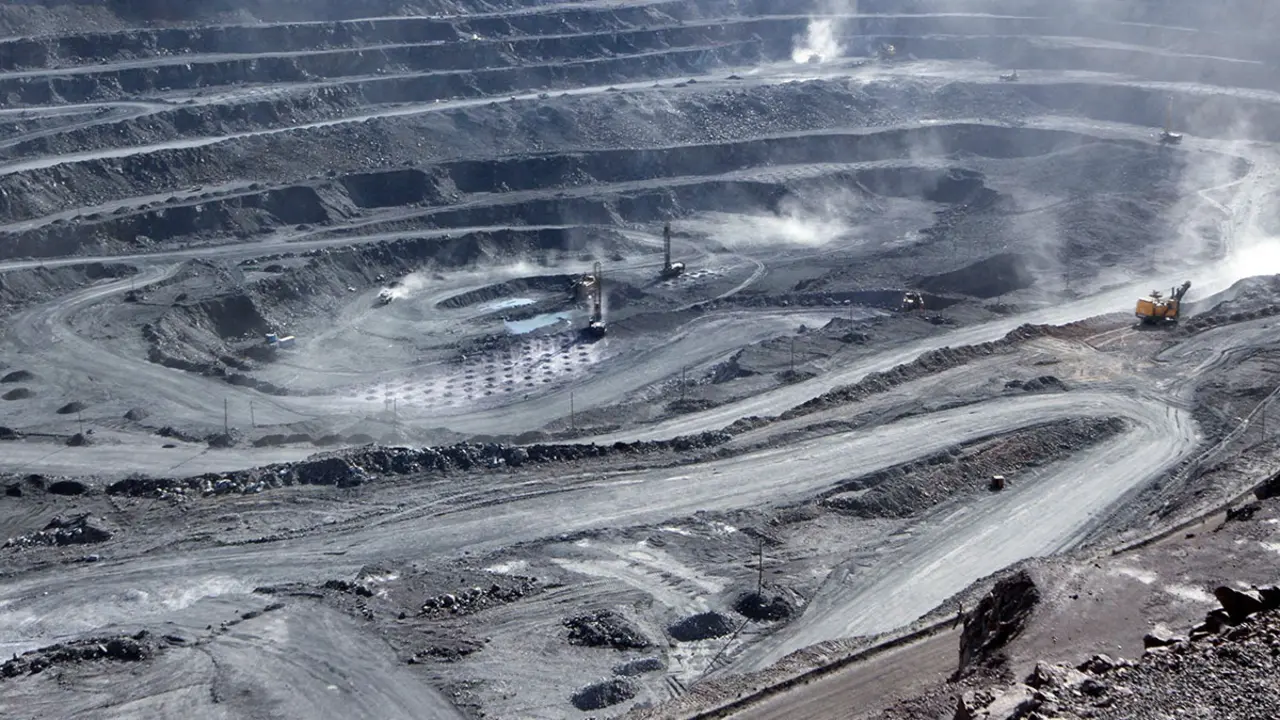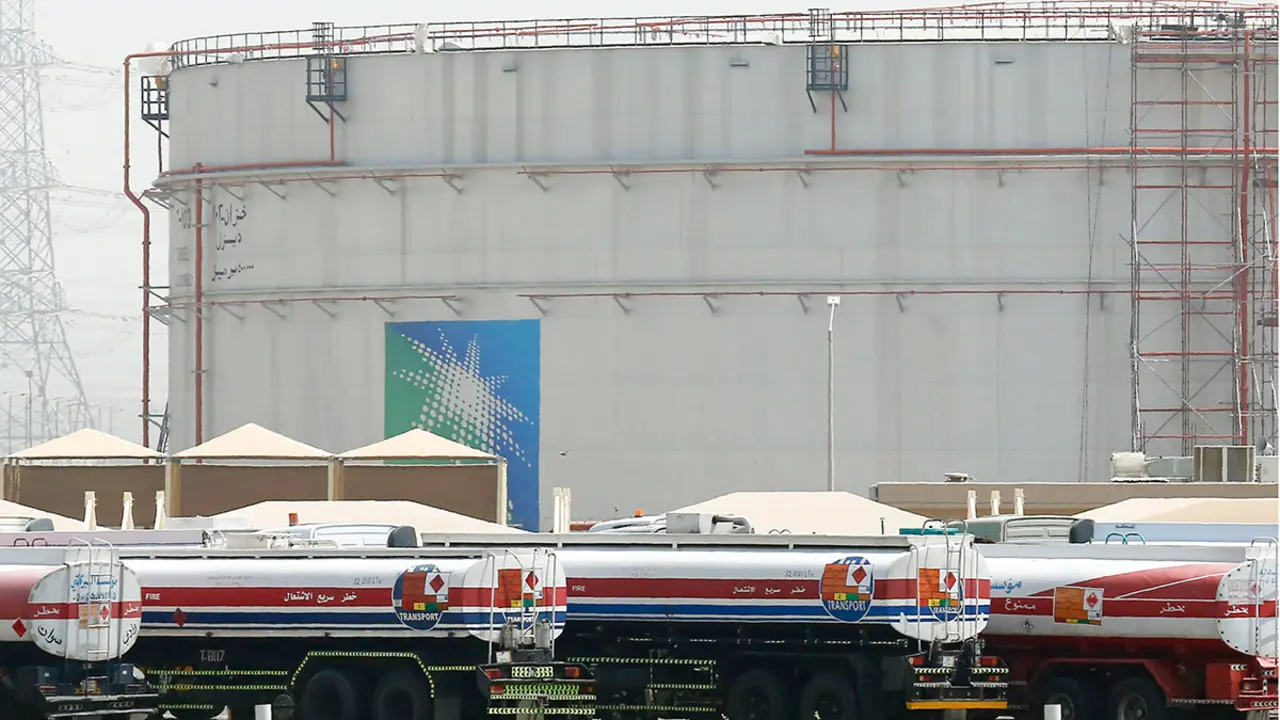Texas Oil Company Diamond Offshore Declares Bankruptcy

The Texas oil company Diamond Offsohre Drilling declared bankruptcy on Sunday with debts of more than 2.6 billion dollars, after accusing the West Texas Intermediate (WTI) oil barrel, a reference in the United States, of collapsing demand and overproduction. The company itself has published a statement on its website explaining that it is applying for Chapter 11 bankruptcy protection under US law. "Diamond intends to use the procedures to restructure and strengthen its balance sheet and achieve a more sustainable debt profile, while continuing to focus on drilling services," the company's press release states.
The bankruptcy comes after it stopped paying interest on $500 million in bonds. The company has explained that it is working on several plans for the future. Diamond has justified in the document it has filed with the bankruptcy court that conditions in the highly competitive and cyclical oil industry have deteriorated precipitously in recent months.
The Texas oil industry is suffering from the coronavirus crisis with force. The demand for oil has collapsed due to the shutdown of production and airlines. In addition, U.S. storage tanks are running out of capacity to store all the oil that is not being consumed. Market prices are so volatile that last week the price of the WTI barrel reached 37 dollars in negative. It was paid to anyone who wanted to get hold of one.
The prices of the Brent barrel, which is the benchmark in Europe, and the WTI barrel are now around USD 20, levels which have not been seen for 20 years. The current market situation is ruining the sector in the United States and there are fears of a wave of bankruptcies of oil companies. Donald Trump, the president of the United States, held meetings a few weeks ago with Texas producers to find solutions to a desperate situation.
The president has gone so far as to promise aid to the oil companies. "We will never let the U.S. oil and gas industry down. I have instructed the Secretary General of Energy and the Secretary General of the Treasury to formulate a plan that will ensure funding for these important companies and jobs are secured in the future," he wrote on his personal Twitter account.
The rating agency Moody's said in an April 16 note that the oilfield sector would be one of the hardest hit by the severe and widespread impact of the COVID-19 pandemic, falling oil prices and declining asset prices. Diamond explained that he has taken "several steps" to shore up his finances, including borrowing $400 million under a revolving credit facility in March, but that the Chapter 11 bankruptcy represented the best thing for his shareholders and employees. One of them is the New York Stock Exchange-listed Loews Corporation, which owns 53 percent of Diamond. Other stakeholders include the company's 2,500 employees and bondholders, who hold up to $2 billion in company bonds, according to the Financial Times.
"After careful and diligent examination of our financial alternatives, the board of directors and management, together with our advisors, concluded that the best way forward for Diamond and its stakeholders is to seek Chapter 11 protection. Through this process, we intend to restructure our balance sheet to achieve a more sustainable level of debt to reposition the business for long-term success," explained Marc Edwards, Diamond's president and chief executive officer, in statements released by the company's press release.
Other oil and gas companies have also been feeling the strain, including Whiting Petroleum Company, a Denver-based shale oil producer listed on the New York Stock Exchange that filed for Chapter 11 bankruptcy protection on April 24. Diamond's most recent accounts show that losses nearly doubled to $357 million last year, as its revenue dropped about $100 million to $980 million, according to the Financial Times.








